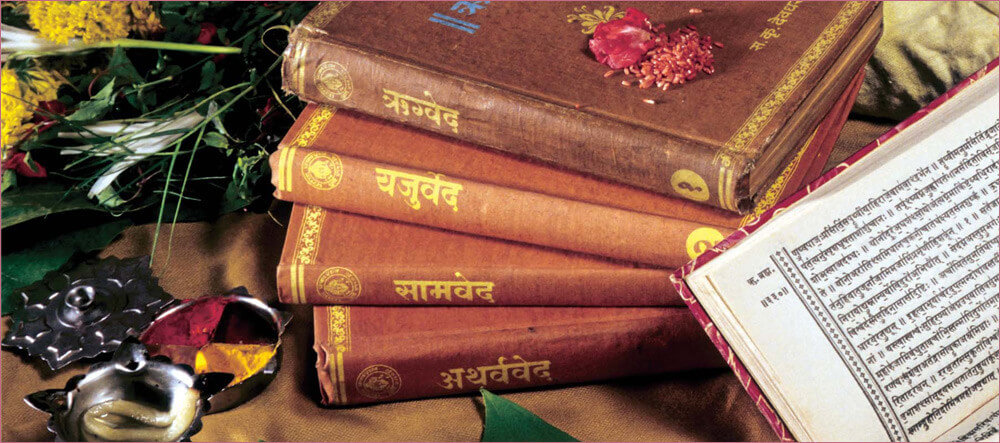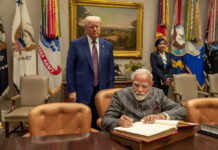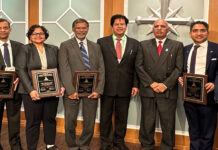Veda is a Sanskrit word that means ‘Knowledge’. Vedic Mathematics is an ancient system of Indian Mathematics, which was rediscovered from the Vedas between 1911 and 1918 by Sri Bharati Krsna Tirtha (1884-1960).
According to his research, all mathematics is based on sixteen Sutras (aphorisms). For example, ‘Vertically and Crosswise’ is one of these Sutras. Perhaps the most striking feature of the Vedic Math system is its coherence. Instead of an arrangement of unrelated techniques, the whole system is beautifully interrelated and unified.
It makes mathematics easy, and enjoyable and encourages innovation. Interest in Vedic Maths is growing wherein mathematics’ educators, seeking better teaching methods, are looking at the Vedic system. Research is being conducted in areas including effects of learning Vedic Maths on children; developing new, powerful but easy applications of Vedic Sutras in geometry, calculus computing, including the recent virus surge due to lack of understanding and dealing with nature.
After India’s colonization, most traditional and ancient Indian teachings were replaced by learning systems from the west.
However, recent suggestions are being examined by experts involved in revising the National Curriculum Framework (NCF), which will subsequently inform the changes in the NCERT textbooks in India. Education Minister Dharmendra Pradhan held discussions with members of the national steering committee who are leading the process.
Department of Science & Technology (DST) has proposed that the school curriculum should introduce students to concepts of “traditional knowledge, coding, patents, intellectual property rights and Vedic maths.”
An ongoing inter-ministerial session on revising the nation’s college curriculum has seen a push to include ‘emerging topics’ corresponding to ‘catastrophic consequences of zoonotic diseases’, vedic arithmetic, coding and Swachh Bharat to ‘reflect current realities and priorities.’
The expert committee has recommended that children be taught from the pre-school stage ideas that are sensible in nature, like segregation and recycling of waste. It shared twenty-two matters to be weaved into the curriculum until Class XII: matters corresponding to single-use plastic, micro-plastics present in private care merchandise, significance of conserving forests and wetlands on the preparatory stage (Classes III-V), to the ‘catastrophic consequences of zoonotic diseases and their origin due to human misadventures with wild animals’ in Classes IX-XII.
The Environment Ministry further has suggested the study in regards to ‘popular myths and superstitions associated with some wildlife species (like owl, turtle) which fuel their illegal trade, even driving them to the verge of extinction.’
For kids of Classes VI-VIII, which are supposed to be paperwork containing data on bio resources including the landscape and demography of a particular area or village? Some of the opposite prompt matters embody wildlife crime, round financial system, local weather change and position of forests to be included.
The NEP 2020 recommends advent of NCF in 4 areas: college schooling, early childhood care and schooling, trainer schooling and grownup schooling. The 12-member steering committee, with which minister Pradhan held consultations in Bengaluru, was led by former ISRO chief K Kasturirangan. It is to be lauded that for the first time the central government in India is taking initiative to revive India’s lost heritage.







